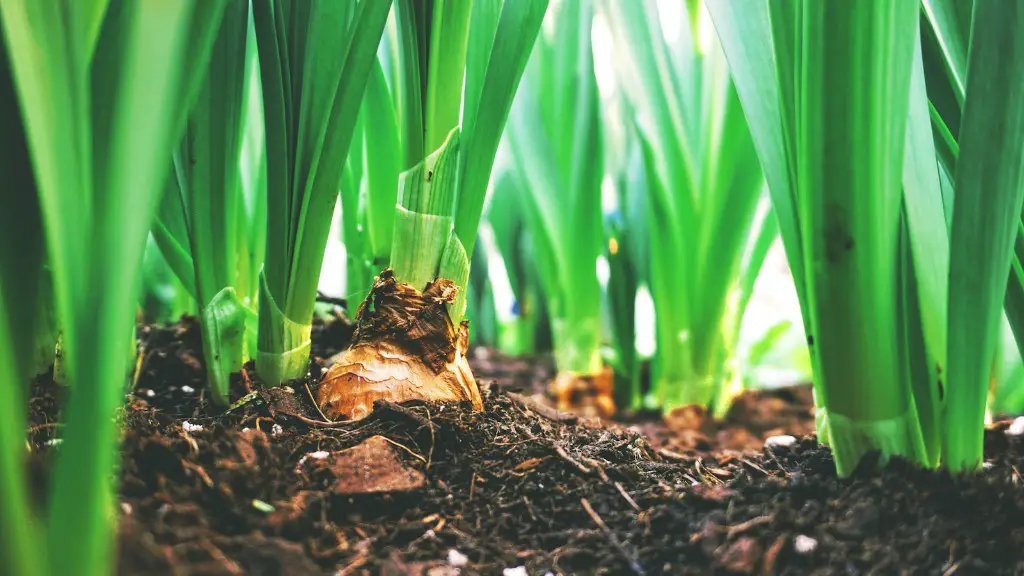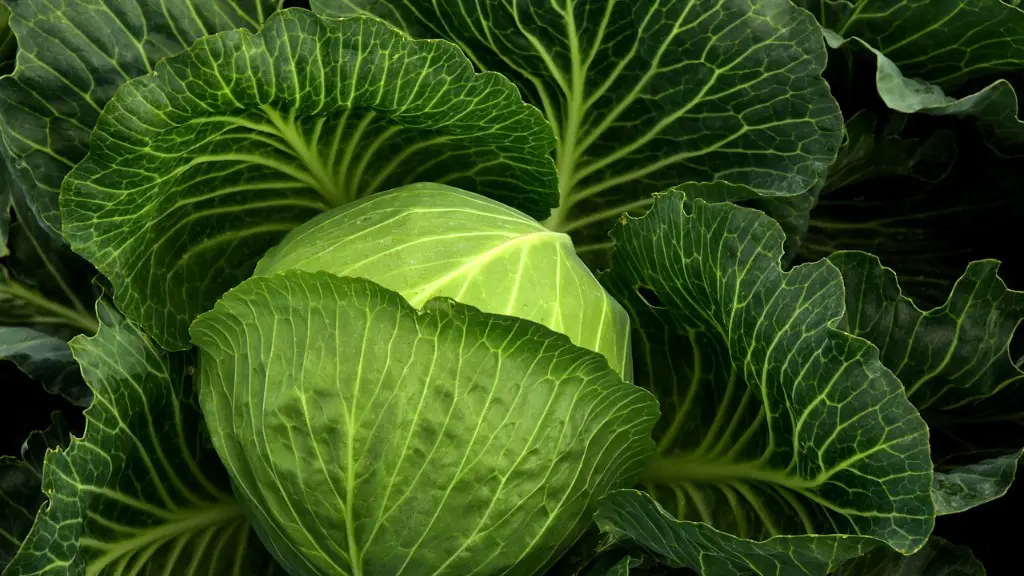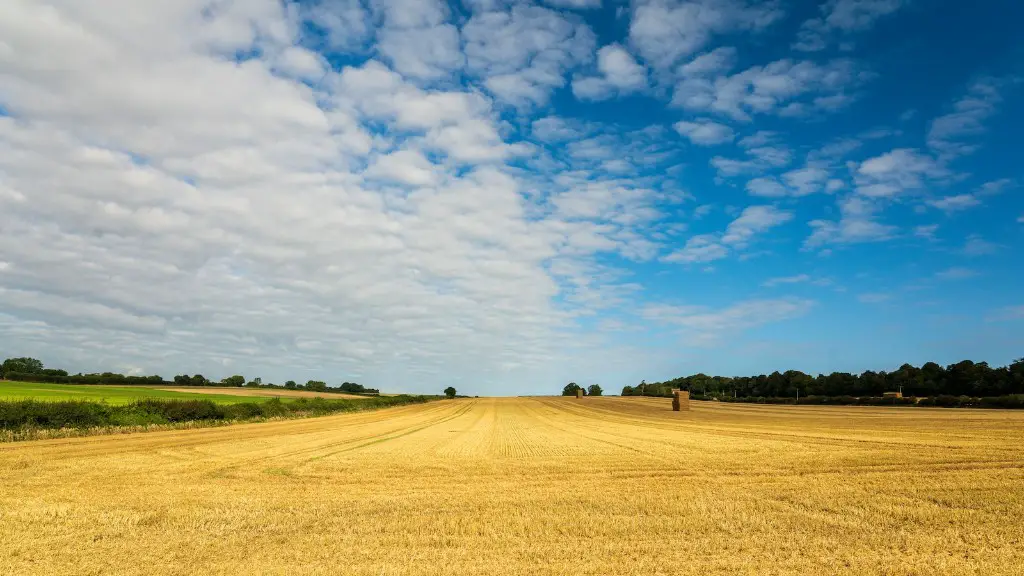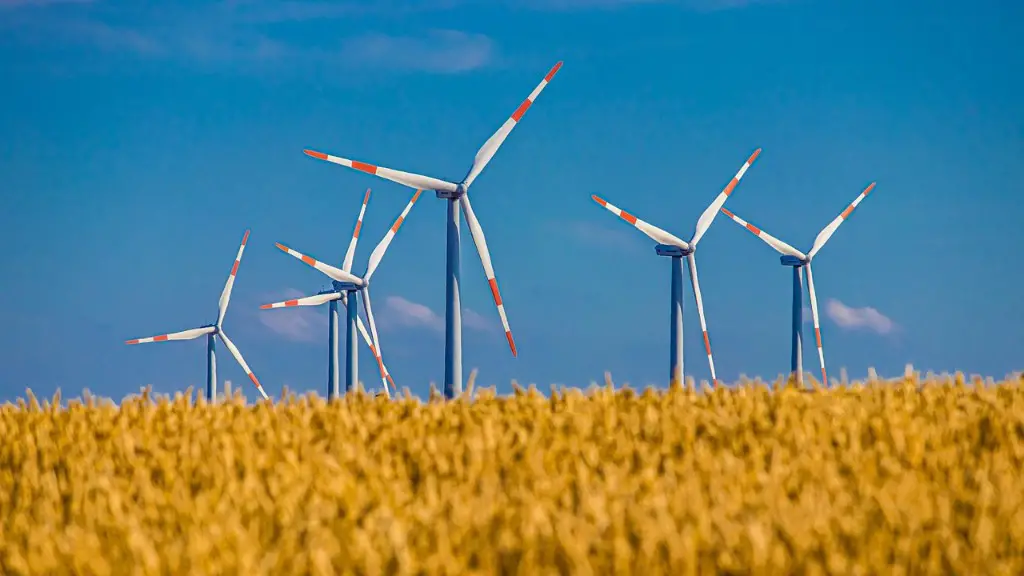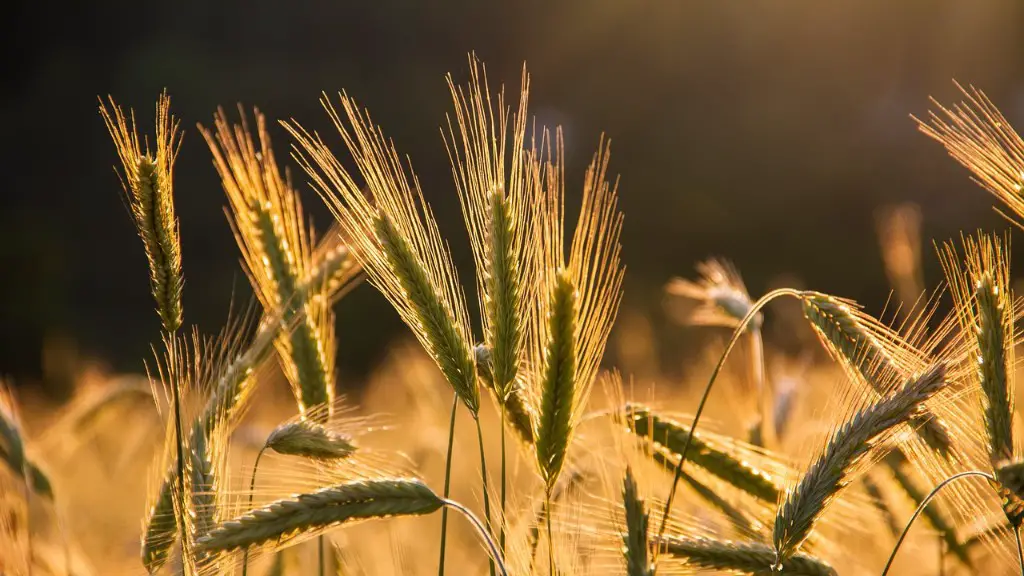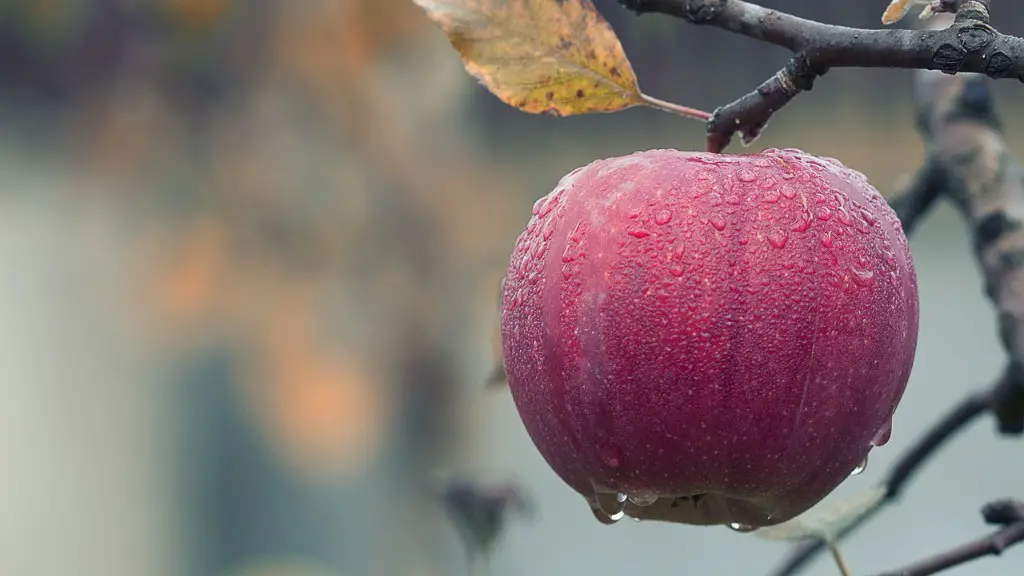Transportation in agriculture refers to the movement of agricultural goods from the farm to other locations, such as processors, markets, and consumers. Agricultural goods can be transported by a variety of means, including trucks, trains, boats, and planes. The mode of transportation used will often depend on the type of product being transported and the distance it needs to travel.
Transportation in agriculture is the process of moving agricultural products from the farm to the marketplace. This can be done by farm vehicles, such as tractors and trailers, or by commercial trucks.
Why is a good transportation system important to an agricultural society?
The agricultural industry relies heavily on a safe, reliable and efficient transportation system to support the production, distribution and sale of their products or services. Without a well-functioning transportation system, the agricultural industry would not be able to function properly. Therefore, it is essential that transportation planning, construction and maintenance is given careful attention in order to keep agriculture viable.
Processing is an important step in many food production processes. It can help to improve the quality of the food, or to add value to it in some way. Processing can be as simple as washing vegetables, or it can be as complicated as making cheese or wine.
What is the most common form of agricultural product transportation
Road transport is the most common mode of transport for agricultural and food products in developed and developing countries. In the United States, 70% of agricultural freight is transported by road, and in Africa, 70–90% is. Road transport is efficient and cost-effective, and it is the preferred mode of transport for many perishable goods.
The transportation of agricultural products is a vital part of the food supply chain. Farm products must be transported to processing facilities, markets, and ports for export. There are four major modes of transportation used to move agricultural products: trucking, railroads, barges, and ocean vessels.
Trucking is the most common form of transportation for agricultural products in the United States. Trucking is a flexible and efficient way to transport agricultural products from farms to processing facilities, markets, and ports.
Railroads are an important mode of transportation for agricultural products. Railroads are less flexible than trucking, but they can transport large quantities of agricultural products over long distances.
Barges are a major mode of transportation for agricultural products on inland waterways. Barges are slow but can carry large loads of agricultural products.
Ocean vessels are the major mode of transportation for agricultural products exported to foreign markets. Ocean vessels are slow but can carry large loads of agricultural products.
How did transportation improve agriculture?
Access to reliable modes of transportation can increase agricultural production speed. Production speed is reliant on how fast workers can plant or harvest. This is directly dependent on the effectiveness and efficiency of transportation systems.
Road transport is important for agricultural development as it provides the main means of transport for agricultural produce from farms to markets and urban areas. This transportation allows farmers to sell their products to a wider range of customers, which can increase their income and improve their livelihoods. In addition, road transport can also help to bring fresh produce to urban areas, which can improve the diets of city dwellers.
What are the main types of agricultural processes?
Soil preparation is a critical step in agricultural practices. The type of crop, the climate, and the soil all play a role in determining the best way to prepare the soil. Ploughing, levelling, and manuring are all common methods of preparing soil for a crop.
Sowing is the next step in agricultural practices. The type of seed, the spacing of the seeds, and the depth of the seed are all important factors to consider when sowing a crop.
Manuring is a way of adding nutrients to the soil. It is important to choose the right type of manure for the crop and the soil type.
Irrigation is a way of watering crops. The amount of water, the frequency of watering, and the type of irrigation system all play a role in determining how best to water a crop.
Weeding is a way of removing unwanted plants from a crop. Hand weeding, chemical weeding, and mechanical weeding are all common methods of weed control.
Harvesting is the process of collecting a crop. The time of harvest, the method of harvest, and the storage of the crop are all important factors to consider when harvesting a crop.
Processed foods can be classified into three types viz Primary, Secondary and Tertiary The primary processing includes basic cleaning, grading and packaging as in case of fruits and vegetables.
The secondary processing involves further processing such as canning, freezing, drying, etc. of the primary processed foods. For example, jams, pickles, etc.
The tertiary processing includes further processing of the secondary processed foods such as Ready to Eat Meals (RTE), biscuits, bread, etc.
What are the main processes in agriculture
Agricultural practices are important for maintaining healthy soil and crops. The main steps for agricultural practices include preparation of soil, sowing, adding manure and fertilizers, irrigation, harvesting and storage. These steps help to ensure that the soil is healthy and the crops are getting the nutrients they need.
Air: While airfreight is the fastest option, it is also the most expensive. This is due to the significant overhead costs associated with running an airline, including fuel, staff, and maintenance.
Road: Road transport is the most common mode of transport, particularly for consumer goods. This is because it is generally the most cost-effective option, particularly for shorter distances.
Sea: Sea transport is a slower option than air or road, but it is often the preferred choice for high-value or perishable goods. This is because it is relatively low-cost and provides a degree of protection from the elements.
Rail: Rail transport is typically used for bulkier goods, such as coal or lumber. This is because it offers a high degree of efficiency in terms of weight and volume, and can be a cost-effective option for long-distance transport.
What are the 7 types of transportation?
Buses are a common sight in many rural communities, serving as the primary form of public transportation. These buses typically operate on a fixed schedule and can be a reliable way to get around. However, buses may not always be the best option for everyone. Other modes of transportation, such as passenger trains, planes, and boats, may be available in some areas. And, of course, many people prefer to travel on foot or by personal vehicle. Whatever your transportation needs, be sure to research your options and choose the best option for you.
In the United States, transportation is facilitated by road, air, rail, and waterways. The vast majority of passenger travel occurs by automobile for shorter distances, and airplane (or railroad, in some regions) for longer distances.
What are the types of transportation
There are three primary modes of transport: air, land, and water transport. Each has its own advantages and disadvantages, and each is best suited for different types and distances of travel.
Air transport is the quickest way to travel long distances, but it is also the most expensive. Land transport, such as trains and automobiles, is less expensive but takes longer. Water transport, such as boats and ships, is the least expensive but can take the longest, depending on the distance and route.
There are many advantages to road transportation, especially for companies who rely on fast delivery to retain their customers. Rail transportation is another option for companies who want to move large quantities of goods quickly and efficiently. Marine transportation is perfect for companies who need to move large amounts of goods over long distances. Air transportation is the fastest way to move goods, but it is also the most expensive. Intermodal transportation is a great option for companies who need to move goods internationally.
How do farmers transport food?
Most fresh produce is now moved in road vehicles, with lesser amounts by sea, air or inland waterways. The vehicles in most common use are open pick-ups or bigger trucks, either open or enclosed.
Transportation plays a vital role in today’s economy. It is the lifeblood of commerce and a key driver of economic growth. While the primary purpose of transportation is to provide mobility, it also provides access to goods, services, and people. It connects businesses to customers and suppliers, and allows for the flow of commerce and the exchange of goods and services. Additionally, transportation provides opportunities for recreation, tourism, and leisure.
Final Words
Transportation in agriculture generally refers to the movement of agricultural goods from the farm to other locations, such as processors, markets, or storage facilities. Agricultural transportation often requires specialized equipment and logistical planning to ensure that goods are moved safely and efficiently.
In conclusion, transportation in agriculture is a vital process that helps farmers move their crops and products to market. Without transportation, farmers would be unable to get their crops to customers, and the agricultural industry would suffer as a result.
